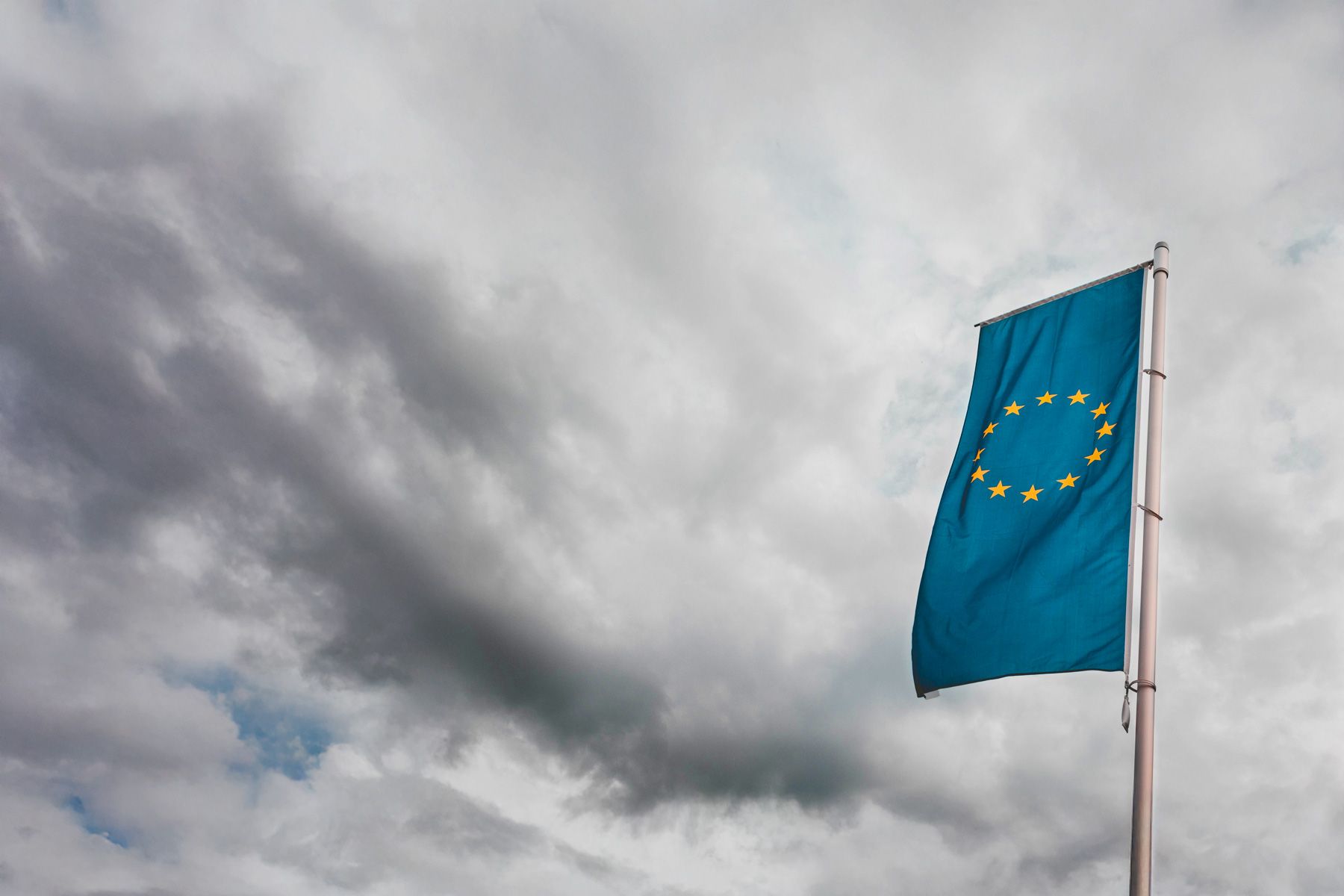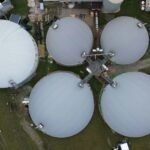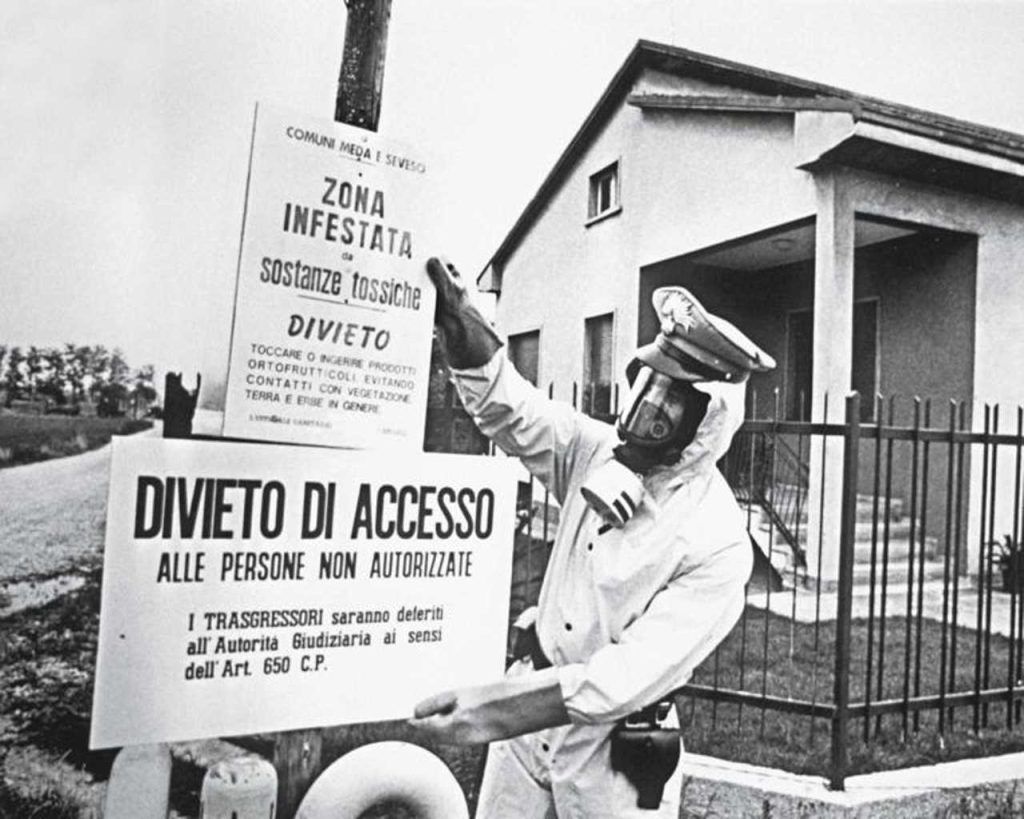Air qualityAir quality refers to the state of the air we breathe and its composition in terms of pollutants present in the atmosphere. It is considered good when poll...
Read more is a key factor in public health and environmental protection. Aware of this, the European Union has adopted the new European Air Quality Directive, officially known as Directive (EU) 2024/2881, which sets stricter standards to improve air quality across all Member States. In this article, we’ll explore the main changes introduced by this directive, what they mean in practice, and how advanced technologies—such as those offered by Kunak—can play a crucial role in its implementation.
“Air quality in Europe must cease to be a threat and become a guaranteed right.”
Background and objectives of the new directive
Air pollution remains the leading environmental health risk in Europe, responsible for around 300,000 premature deaths each year. The new European air quality regulation, adopted on 23 October 2024, aims to significantly cut air pollution and take a major step towards the ambitious goal of “zero pollution” by 2050.
This legislation replaces the earlier Directives 2004/107/EC and 2008/50/EC, aligning more closely with World Health Organization (WHO) recommendations. It also sets out clear obligations and deadlines for improving air quality in Europe over the coming years.
Main changes introduced
New pollutant limits
One of the most significant changes in the EU Air Quality Directive is the tightening of limit values for several key pollutants:
Air Quality Innovation in Just 1 Click
Stay informed about the air you breathe!
Subscribe to our newsletter to receive the latest updates on environmental monitoring technology, air quality studies, and more.
- Fine Particulate Matter (PM2.5 and PM10):
- PM2.5: from 25 µg/m³ down to 10 µg/m³.
- PM10: from 40 µg/m³ down to 20 µg/m³.
- Nitrogen Dioxide (NO2)Nitrogen dioxide (NO2) is a harmful gas whose presence in the atmosphere is mainly due to the use of fossil fuels in combustion vehicles and industrial act...
Read more:- Reduced from 40 µg/m³ to 20 µg/m³.
- Sulphur Dioxide (SO2)Sulphur dioxide (SO2) is a colourless gas with a pungent odour that causes an irritating sensation similar to shortness of breath. Its origin is anthropoge...
Read more:- Limits tightened, with adjustments based on local conditions and in line with public health recommendations.
These new thresholds aim to offer stronger protection for both people and the environment, especially in densely populated urban areas.
Improved monitoring
The directive strengthens assessment methodologies and requires broader, more reliable air emissions monitoring across Europe:
More sampling points
Member States must increase the number of monitoring stations, particularly in densely populated areas, to provide a more accurate picture of public exposure to air pollutantsAir pollution caused by atmospheric contaminants is one of the most critical and complex environmental problems we face today, both because of its global r...
Read more. This includes schools, hospitals, and industrial zones.
Stricter technical standards
The directive mandates the harmonisation of measurement and modelling techniques to improve comparability across regions. Countries are now required to adopt robust, auditable, evidence-based scientific methods.
Use of advanced technologies
The directive actively encourages the adoption of advanced technologies to enhance real-time air quality monitoringControlling air quality is an essential task in order to enjoy optimal environmental conditions for healthy human development and to keep the environment i...
Read more. This includes intelligent digital platforms and next-generation sensors that ensure more accurate, accessible, and representative measurements.
While there are still no fully standardised sensor measurement methods, the legislation allows the use of technical specifications developed by the European Committee for Standardization (CEN). In particular, CEN/TS 17660-1:2021, titled “Air quality — Performance evaluation of air quality sensorMeasuring air quality is essential for improving human and environmental health. Changes in the natural composition of the air we breathe are common in ind...
Read more systems”, is recognised as a reference framework for validating sensor accuracy and reliability.
In this context, Kunak’s technological solutions stand out. Our sensors are specifically designed to meet the technical criteria defined by CEN, offering:
- High accuracy and measurement stability, even under complex conditions.
- Robust wireless connectivity for both urban and industrial environments.
- Remote data management with real-time visualisation and automatic alerts.
Thanks to these features, Kunak enables public authorities and industries to meet the new regulatory requirements in a more efficient, flexible and cost-effective way, delivering reliable data for informed decision-making.
“Accurate measurement is the first step toward effective action.”
New pollutants included
In addition to tightening the limits for regulated pollutants, the directive introduces monitoring of new atmospheric pollutants that are considered hazardous due to their impact on health and the environment:
- Black Carbon:
- Linked to road traffic and incomplete combustion, it’s now included as an additional indicator for assessing urban exposure.
- Ultrafine ParticlesAt first glance, the air around us may seem clean, but beware, it hides an almost imperceptible danger: ultrafine particles (UFP). With a size so small the...
Read more (UFPs):- While not yet subject to binding limits, they are included in monitoring programmes due to growing evidence of their ability to penetrate deep into the lungs and reach the bloodstream.
- Ammonia (NH3)Invisible yet powerful: ammonia (NH3) is a colourless gas which, although naturally present in the atmosphere in small amounts, can become an unwelcome ene...
Read more:- Mostly linked to agricultural emissions, ammonia is receiving more attention due to its role in secondary particle formation and environmental impact.
- Non-Methane Volatile Organic Compounds (NMVOCs):
- Important in photochemical reactions that lead to tropospheric ozone and other secondary pollutants, their monitoring is prioritised, especially in industrial settings.
The inclusion of these pollutants in national control plans marks a step towards a more comprehensive view of air quality, addressing not only traditional pollutants but also emerging or previously underestimated ones.
Modelling: from complementary to mandatory
Directive 2024/2881 marks a shift in the use of air quality modelling, granting it a central and compulsory role in many areas—especially where limit values are exceeded. Here’s how it evolves compared to the previous directive:
Previously: Directive 2008/50/EC
- Complementary use: Modelling was allowed as a supplementary technique to support data from fixed stations.
- Purpose: Estimate pollutant distribution where no monitoring stations exist.
- Conditions: Only applicable if thresholds were not exceeded and used alongside indicative or fixed measurements.
- Limited role: It was optional and only recommended in specific cases.
Now: Directive 2024/2881
- Reinforced and mandatory use:
- Modelling is no longer just complementary; it becomes mandatory in many areas, particularly where limit values are exceeded.
- Within two years of implementing acts being adopted, it must be used alongside fixed measurements.
- Advanced applications:
- Enables scenario simulations, roadmapping and assessing sampling point representativeness.
- Relies on Copernicus (Europe’s satellite monitoring programme) and Earth observation products.
- Scientific and digital coherence:
- Promotes predictive modelling and spatial analysis for more informed, faster decision-making.
- Demands standardisation and open digital data usage for better integration across Member States.
New citizen rights
The new European environmental legislation does more than set stricter limits—it also strengthens the role of citizens:
- Right to clear and accessible information on air quality levels, in real time and in user-friendly formats.
- Right to compensation if it can be proven that their health was harmed due to non-compliance with the directive.
This legal innovation marks a milestone in the link between public health and environmental regulatory action.
Comparison: Previous Situation vs. New Directive
| Pollutant | Previous Annual Limit (µg/m³) | New Annual Limit (µg/m³) |
|---|---|---|
| PM2.5 | 25 | 10 |
| PM10 | 40 | 20 |
| NO2 | 40 | 20 |
| SO2 | Varied by country | Stricter, as per directive |
This table summarises the changes required by the new European Air Quality Directive, clearly showing the tightening of air pollution limits across the European Union.
Implications for public authorities and private sector
Compliance with this legislation will require significant investments in monitoring infrastructure, urban planning, traffic management, and transformation of industrial sectors with high emissions.
- Cities and municipalities will need to design new clean air plans.
- Businesses and industries will face stricter controls and new reporting obligations.
- The transport and mobility sector will be subject to reinforced policies for fleet electrification and limiting urban emissions.
“Citizens gain new rights: access to transparent information and the ability to claim compensation for non-compliance.”
Advanced technologies for air quality monitoring
Why are reliable sensors so important?
To effectively implement this directive, countries must ensure air quality data are:
- Representative of both urban and industrial realities.
- Comparable across regions.
- Accurate enough to inform public policy and potential enforcement.
In this sense, relying on low-quality or poorly calibrated sensors can lead to costly errors and put public health at risk.
“Accurate sensors, real-time data, and smart platforms will be essential to meet Europe’s new air quality standards.”
Kunak’s solutions: technology aligned with the new directive
For over a decade, Kunak has been developing high-reliability air quality monitoring systems. Its offering is fully aligned with the requirements of the EU Air Quality Directive:
- Kunak AIR Pro and Kunak AIR Lite: Compact, rugged stations equipped with internationally evaluated sensors.
- Remote management platform: Real-time data visualisation, automatic report generation, and customisable alerts.
- Modular design: Flexible sensor combinations for NO2, PM, SO2, O3, CO, H2S, methane and more—depending on user needs.
Thanks to their easy installation, low maintenance requirements and accessible cost, these solutions are already helping cities and industries across Europe comply with the most demanding regulations.
“Technology that turns data into decisions.”
SWOT analysis of the new directive
The Directive (EU) 2024/2881 sets a more ambitious regulatory framework to improve air quality across Europe, aiming to protect human health and ecosystems. To better understand its implications and challenges, we present a SWOT analysis that summarizes the strengths, weaknesses, opportunities, and threats associated with this legislation. This analysis highlights the key factors that will influence its effective implementation and the achievement of cleaner, healthier air for all.
| Strengths | Weaknesses |
|---|---|
|
|
| Opportunities | Threats |
|
|
Conclusion: a necessary change in direction
The enforcement of this new clean air regulation in Europe marks a turning point for the continent’s environmental policies. It is a demanding directive, but also a major opportunity to modernise our cities, protect the health of millions, and accelerate the green transition.
The challenge is great, but the tools are here. And in a context where air quality is a right—not a privilege—having reliable data, robust technologies, and well-informed strategies will be key to success.









